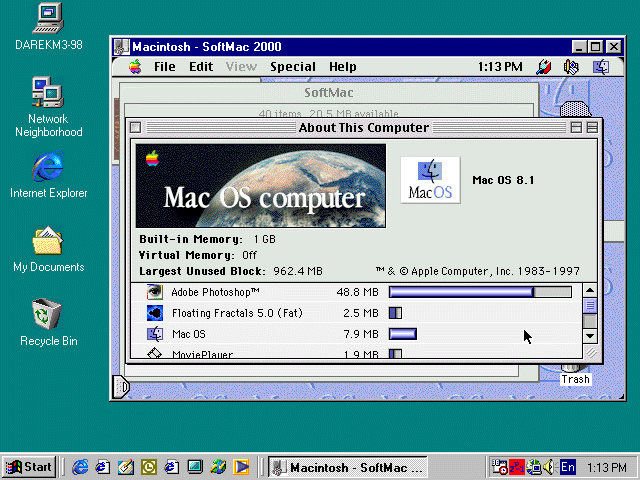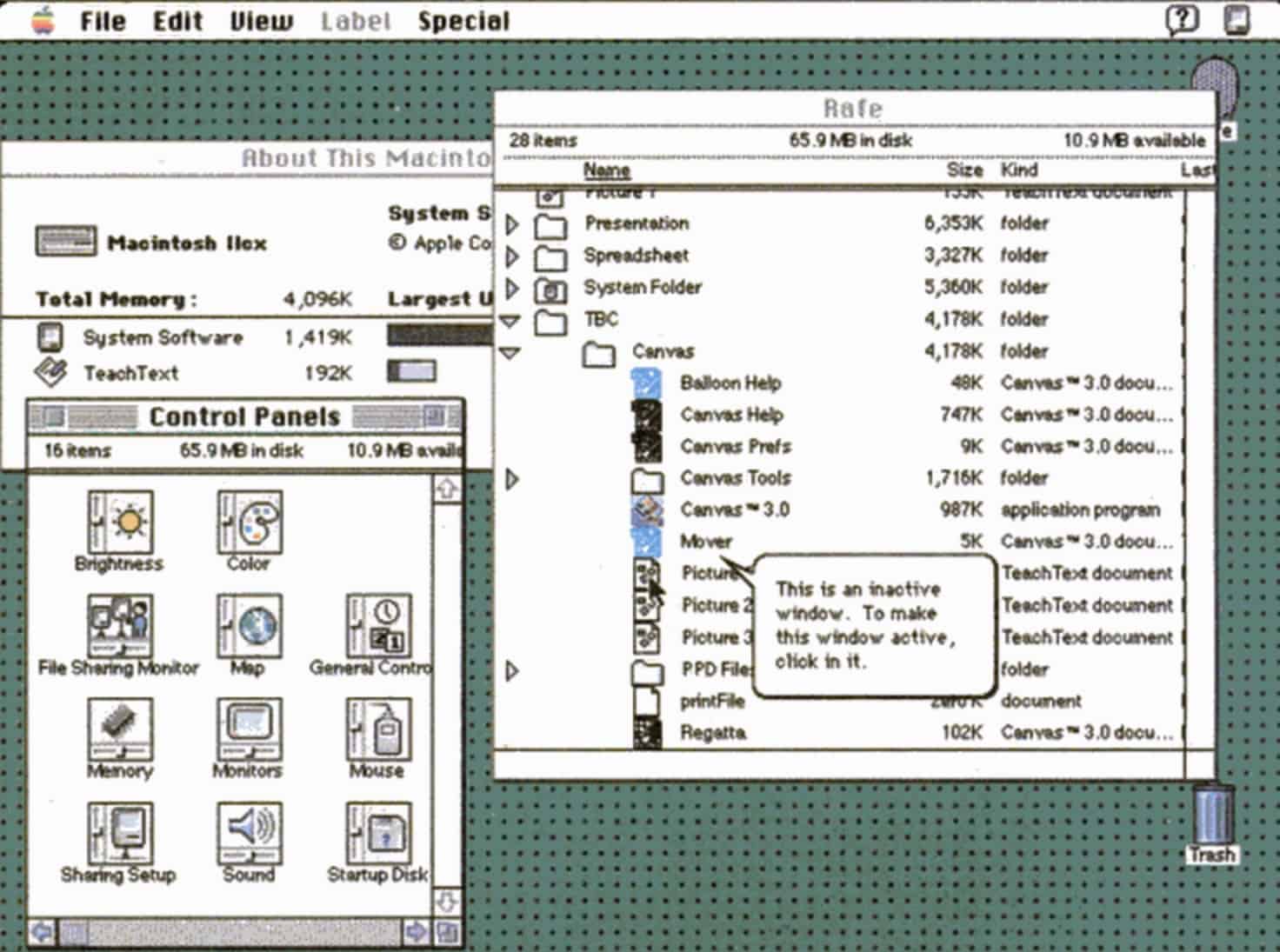


#SYSTEM 7.0 7.6 MAC OS 9 EMULATOR MAC OS X#
On the other hand, Classic was never intended to be "used" it was a stopgap solution to allow professional users migrate to Mac OS X until their software been updated or replaced with something else, and in that aspect it did work fairly well. I think Apple would have been better of if they kept Mac OS 9 running inside a window (similar to SheepShaver/Basillisk etc) there would of course still be incompatibilities in some areas but at the same time it would have probably been better for compatibility as whole. Unfortunately lots and lots of software old Mac OS software by passed quickdraw, often drawing directly to VRAM and that doesn't work good at all with double buffering, you usually end up with blank windows etc. The other is that they decided to make Classic windows double buffered, this works fine as long as you use Mac OS 9s API (read quickdraw) so Mac OS X can figure when it's time to swap buffers. This had a lot of implications both beneficial and not so beneficial, the major pro is of course that the apps feel more integrated but it also means that you have two systems "fight" at times, Mac OS X is however the master at all time which makes some software malfunction. So there is no emulation going on at all, there are multiple reasons for Classic software not working or behaving as they ought to with Classic though the one that I personally think is the most obvious most of the time is the fact Apple decided to patch the window manager, file manager etc heavily to allow Classic to run "rootless" together with Mac OS X applications.
#SYSTEM 7.0 7.6 MAC OS 9 EMULATOR INSTALL#
The main thing is that Classic replaces pretty much all lowlevel code (read Nanokernel) in Mac OS 9 with a shim layer that funnels the calls to Mac OS X- so from Mac OS X point of view it's another application, Mac OS 9 runs as a "application" even on a native install though on top of the nanokernel (this is called the blue task). But then again it's not a typical process either. Classic is more of a runtime environment than a virtual machine as been said, I guess you could also view it as paravirtualisation if you want to.


 0 kommentar(er)
0 kommentar(er)
